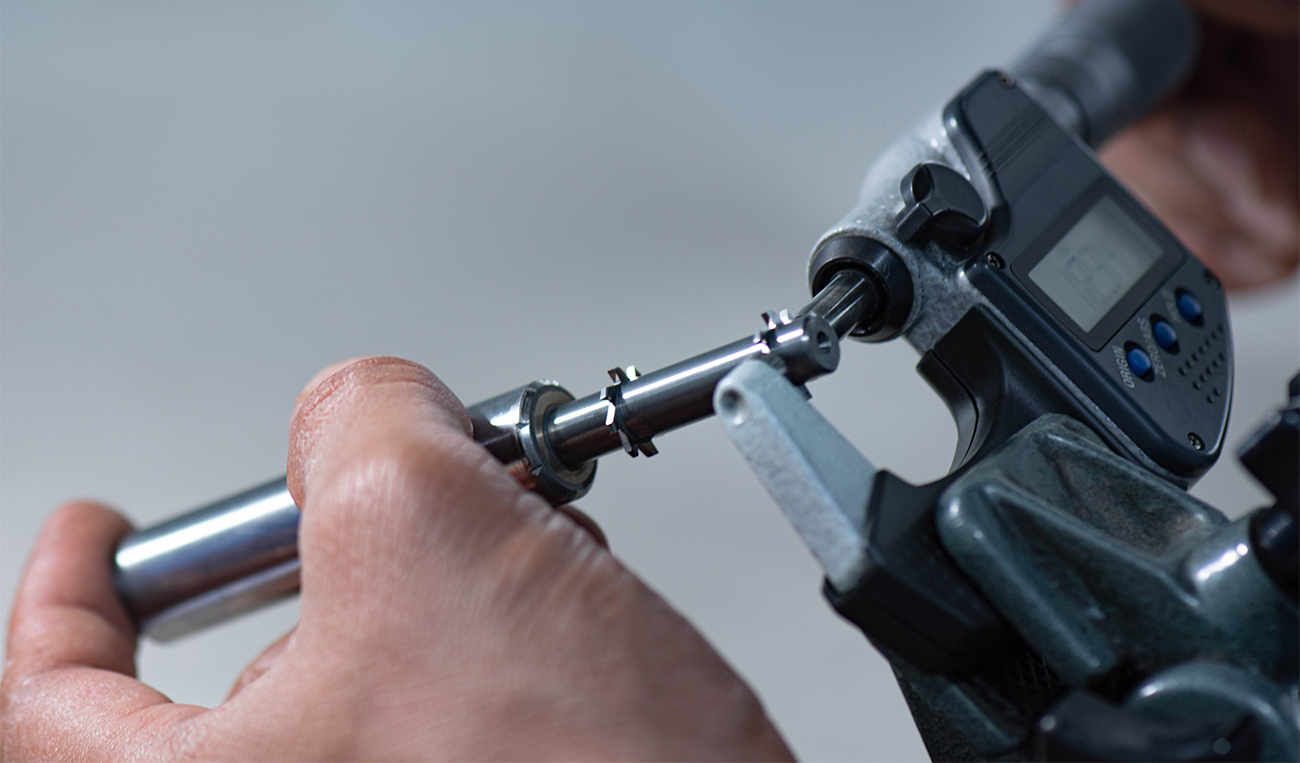How To Fine-tune Parts for Efficient CNC Machining—Part II

In our last blog post, we introduced six drivers of CNC machining time and cost. Kicking off this series, we turn our attention to dimensional tolerances. When overly tight, tolerances can easily drive up production time, lead you into more costly machining territory and reduce your yields.
That’s why it’s always a good idea to ask yourself if a part really needs the tightest of tolerances from a functional standpoint. If the part does, then we’re equipped to handle even the most demanding of tolerances. But if it doesn’t, then loosening the tolerances where appropriate can drastically improve the part’s machinability in terms of time and cost—a concept known as design for manufacturability (DFM).
Pay Attention to the Details Tolerances refer to the acceptable amount of dimensional variation that will still allow an object to function correctly. They can apply to the nature of a part’s form, whether flat, straight or circular, or to location, whether symmetry or concentricity. Other types of tolerances include feature orientation, profile and runout.
The drawbacks of overly tight tolerances boil down to time and cost. For example, at a certain dimensional threshold, hole sizes will require custom or specialized tools, adding cost. Or the machine shop may have to switch from machining, to electrical discharge machining (EDM), jig boring or waterjet cutting to hit the tightest hole size specifications, adding time and skilled labor costs.
Even if the tolerances are dialed in functionally, the manufacturing process itself can introduce challenges, leading to low yields and additional costs. For example, it's not uncommon for a machined part to meet tolerance on the warm shop floor, but cooler temperatures during inspection can throw the part out of tolerance.
A Few Real-World Examples One example of a part with overly tight tolerances is a spider pack, which is part of a rod cluster control assembly for nuclear power plants. This component consists of 24 legs, each of which features a hole with a dimensional tolerance of 0.280 inch—plus or minus half a thousandth. To put these numbers into perspective, the spider pack must include tolerances that are 8 times tighter than a strand of human hair.
Even if one tolerance is off by a tenth of an inch, the part must be scrapped. Making matters even more challenging, the spider pack consists of 24 holes, leading to very high scrap rates and inconsistent delivery times—both of which significantly drive up manufacturing costs.
In a second example, we recently machined an aerospace component that will be sent to the moon. To reduce weight, we were tasked with cutting out pockets with a tolerance of plus or minus 5 millimeters. Bear in mind, these pockets served no other functional purpose than to reduce overall part weight, begging the question: why pay more for such tight tolerances?
Your Key Takeaways It’s always a good idea to ask yourself if a part’s tolerances need to be so tight. Many down-the-line manufacturing issues related to tolerancing can be easily avoided if addressed during the initial design phase. In many cases, taking the part back to engineering once it already hits the shop floor will prove too costly an endeavor.
Dialing in tolerances is just one of the many ways we can fine-tune part designs for efficient machining. Be on the lookout for our next blog post in this series, which will further explore this concept. In the meantime, sign up for our newsletter.